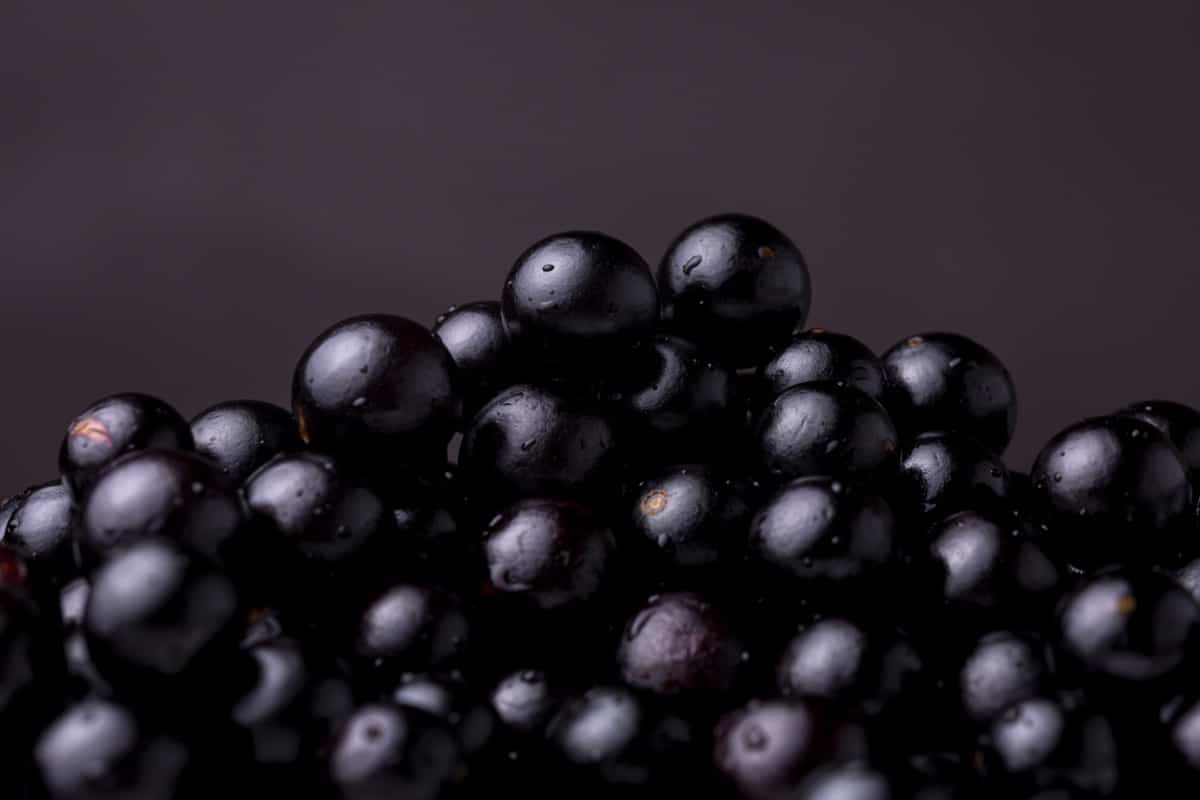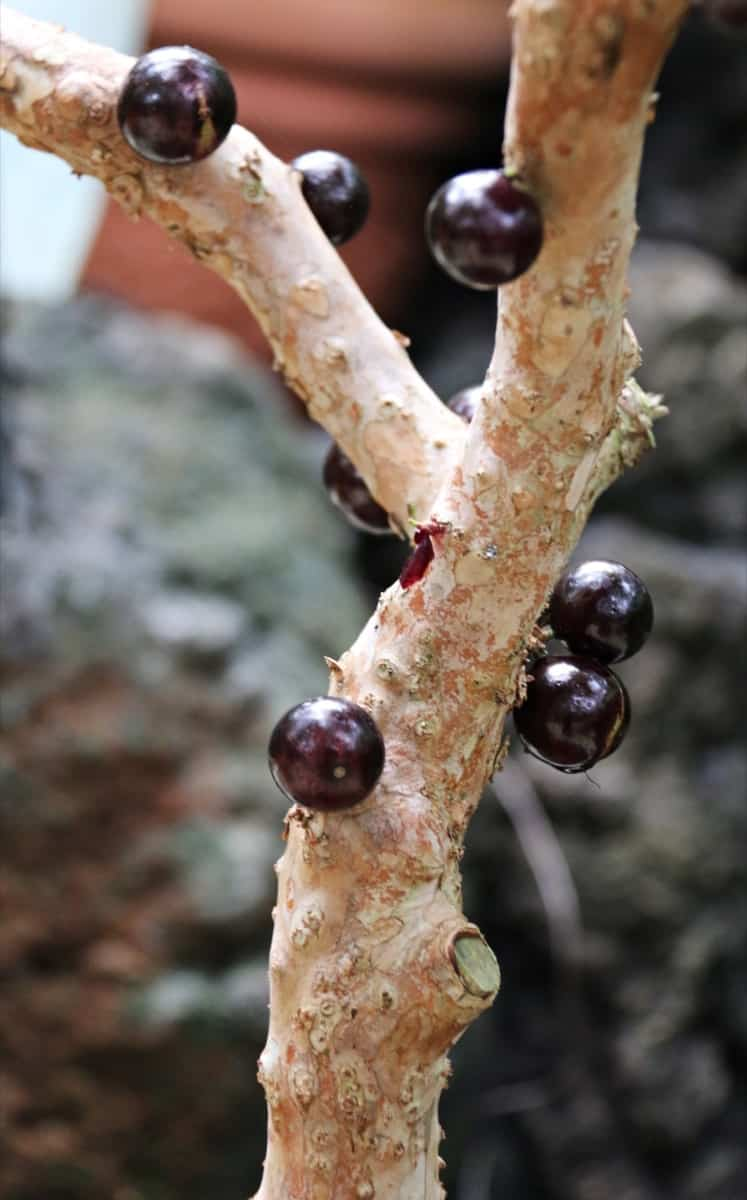Jaboticaba bonsai is a fascinating art form combining botany with ancient Asian design aesthetics. It’s a pursuit that requires patience, attention, and a gentle hand. But how to prune jaboticaba bonsai or repot jaboticaba bonsai are questions that many enthusiasts grapple with. This article will teach you the detailed process of cultivating and caring for these unique miniature trees.

How to Grow and Care for Jaboticaba Bonsai
How to Plant Jaboticaba Bonsai From Seeds
The journey of growing a Jaboticaba bonsai begins with planting seeds. While starting with a young tree is possible, starting from seed allows you the most control over your bonsai’s development. Begin by selecting high-quality Jaboticaba seeds. Plant them in a small pot filled with bonsai soil and cover them lightly. Water the seeds gently and keep the pot in a warm area with good indirect light. Over several weeks, you should see small sprouts emerging. This is the beginning of your bonsai journey.
Step-by-step Guide to Growing Jaboticaba Bonsai Indoors
Growing Jaboticaba bonsai indoors presents its unique challenges and rewards. Once your seedlings have developed into young trees, it’s time to prepare them for indoor growth. The first step is carefully transferring the seedlings into a suitable bonsai pot. This will become the bonsai’s permanent home.
Provide adequate sunlight, maintain humidity, and keep the temperature stable for optimum growth. The Jaboticaba bonsai tree needs time to adapt to its new environment. Regular watering and periodic fertilizing will ensure that the bonsai continues to grow healthily and beautifully indoors.
Essential Care Tips for Maintaining a Healthy Jaboticaba Bonsai Tree
Maintenance is key to keeping your Jaboticaba bonsai healthy. Consistent care includes pruning to maintain shape, watering to keep the tree hydrated, and fertilizing to supply essential nutrients. Watch for signs of pest infestation or disease and treat immediately to prevent further damage. Protect your bonsai from drastic temperature changes and provide ample sunlight for it to thrive. Following these steps will ensure the longevity and health of your Jaboticaba bonsai tree.
Best Soil Mix for Jaboticaba Bonsai Cultivation
Choosing the right soil mix for your Jaboticaba bonsai is essential for its growth and overall health. A good bonsai soil mix provides proper drainage, retains water, and holds enough air for the roots to breathe. The best mix is often composed of akadama, pumice, and lava rock. This mix ensures that water is adequately retained while allowing excess to drain away, preventing waterlogging and root rot. Additionally, it provides a sturdy structure for the bonsai roots to anchor themselves.
Pruning Techniques for Shaping Your Jaboticaba Bonsai Tree
Pruning is a fundamental part of bonsai care, serving two purposes: maintaining the tree’s miniature size and creating an aesthetically pleasing shape. Knowing how to prune Jaboticaba bonsai properly is vital. Prune the branches in early spring or late winter when the tree is still dormant. Use sharp bonsai shears to make clean cuts, removing weak, dead, or unnecessary branches. This not only shapes the tree but also encourages new growth and maintains the tree’s overall health.
Watering Requirements and Frequency for Jaboticaba Bonsai
Watering is one of the most crucial aspects of caring for a Jaboticaba bonsai. The watering frequency depends on many factors, including the size of the tree, the size of the pot, the time of year, and the climate. Watering should occur when the soil’s upper layer is slightly dry, aiming for moist soil without waterlogging. Over-watering can lead to root rot, harming your bonsai’s health.
In case you missed it: How to Grow and Care for Petite Pine Bonsai: Planting, Pruning, and Repotting

Sunlight and Temperature Needs of Jaboticaba Bonsai Trees
Sunlight and temperature are critical environmental factors for the health of your Jaboticaba bonsai. These trees thrive in full to partial sunlight, which helps them photosynthesize efficiently and promotes growth. Regarding temperature, Jaboticaba bonsais prefer a tropical climate, typically between 15-25 degrees Celsius. In cooler climates, indoor placement with plenty of light is ideal. Protect the tree from sudden temperature drops, which could lead to stress and possible leaf drop.
Preventing Pests and Diseases in Jaboticaba Bonsai
Bonsai trees, including the Jaboticaba, can fall victim to various pests and diseases. Regular inspection of your tree is key to catching any infestations early. Common pests include aphids, spider mites, and scale insects. Fungi can cause issues, particularly in wet environments. In case of pest infestations or diseases, use natural remedies or environmentally friendly pesticides and fungicides to treat the issue. Regular cleaning of the tree and its surrounding area can prevent many pests and diseases from taking hold in the first place.
Transplanting and Repotting Your Jaboticaba Bonsai Tree
Knowing when and how to report jaboticaba bonsai is essential for any enthusiast. Typically, young trees should be repotted every two years, while older trees can go for three to five years. The best time to repot is in early spring when the tree is still dormant. When repotting, remove the tree gently from its pot, trim the roots if necessary, and place it in a new pot with fresh soil. This process allows the tree to grow healthily and prevents it from becoming pot-bound.
Seasonal Care Guide for Jaboticaba Bonsai Trees
Jaboticaba bonsais need different care during different seasons. In spring, focus on repotting, feeding, and pruning as the tree emerges from its winter dormancy. In summer, ensure the tree is well-watered and shielded from extreme heat. Fall is the time for reducing feeding and preparing the tree for winter. During winter, protect the tree from cold temperatures and reduce watering. Following this seasonal guide will help you maintain the health and beauty of your Jaboticaba bonsai year-round.
Understanding the Lifecycle of Your Jaboticaba Bonsai Tree
To properly care for your Jaboticaba bonsai tree, it’s crucial to understand its lifecycle. Like all living organisms, Jaboticaba trees go through growth, maturity, and decline phases. The growth phase is when the tree is young and actively growing, requiring plenty of water, nutrients, and sunlight.
The mature phase is when the tree’s growth slows and begins to bear fruit. During this stage, careful pruning and balanced fertilizing become vital. In the declining phase, the tree requires careful attention to maintain its health. Recognizing the phase your Jaboticaba bonsai is in helps you tailor your care routine to its needs, ensuring it remains healthy and vibrant throughout its life.
In case you missed it: How to Grow and Care for Aralia Bonsai: Planting, Pruning, and Repotting

Conclusion
Cultivating a Jaboticaba bonsai tree is an intricate process that requires time, patience, and detailed care. From planting seeds to repotting mature trees, every step contributes to the bonsai’s overall health and aesthetic appeal. A thriving bonsai tree can be nurtured through proper pruning, optimal soil mix, appropriate watering, and strategic light and temperature management.
Regular pest and disease prevention can also ensure your tree remains vibrant and strong. By following the guidelines in this article, you can experience the joy and satisfaction of growing and maintaining your very own Jaboticaba bonsai. This fascinating art form adds beauty to your surroundings and instills a deep sense of peace and fulfillment.
- Feed Your Flock for Less: Top 10 Tips to Save on Chicken Feed
- Ultimate Guide to Ossabaw Island Hog: Breeding, Raising, Diet, and Care
- Hatching Answers: The Top 10 Reasons Your Chickens Aren’t Laying Eggs
- Eggs and Economics: Breaking Down the Cost of Raising Backyard Chickens
- Defend Your Greens: Proven Methods to Keep Iguanas Out of Your Garden
- Ultimate Guide to Cinnamon Queen Chicken: A Comprehensive Guide for Beginners
- Ultimate Guide to California Tan Chicken: Breeding, Raising, Diet, Egg-Production and Care
- Ultimate Guide to Marsh Daisy Chicken: Breeding, Raising, Diet, and Care
- 10 Types of Chicken Farming Businesses You Can Start for Profits